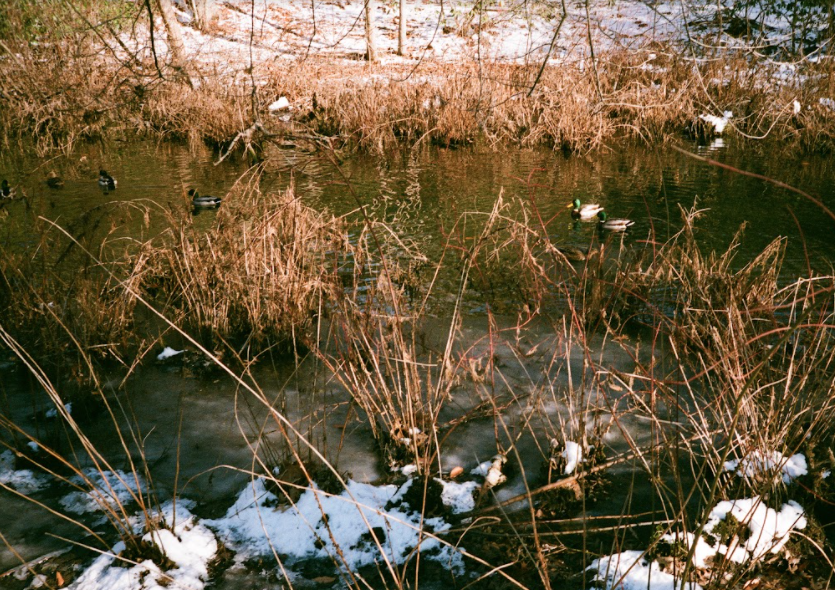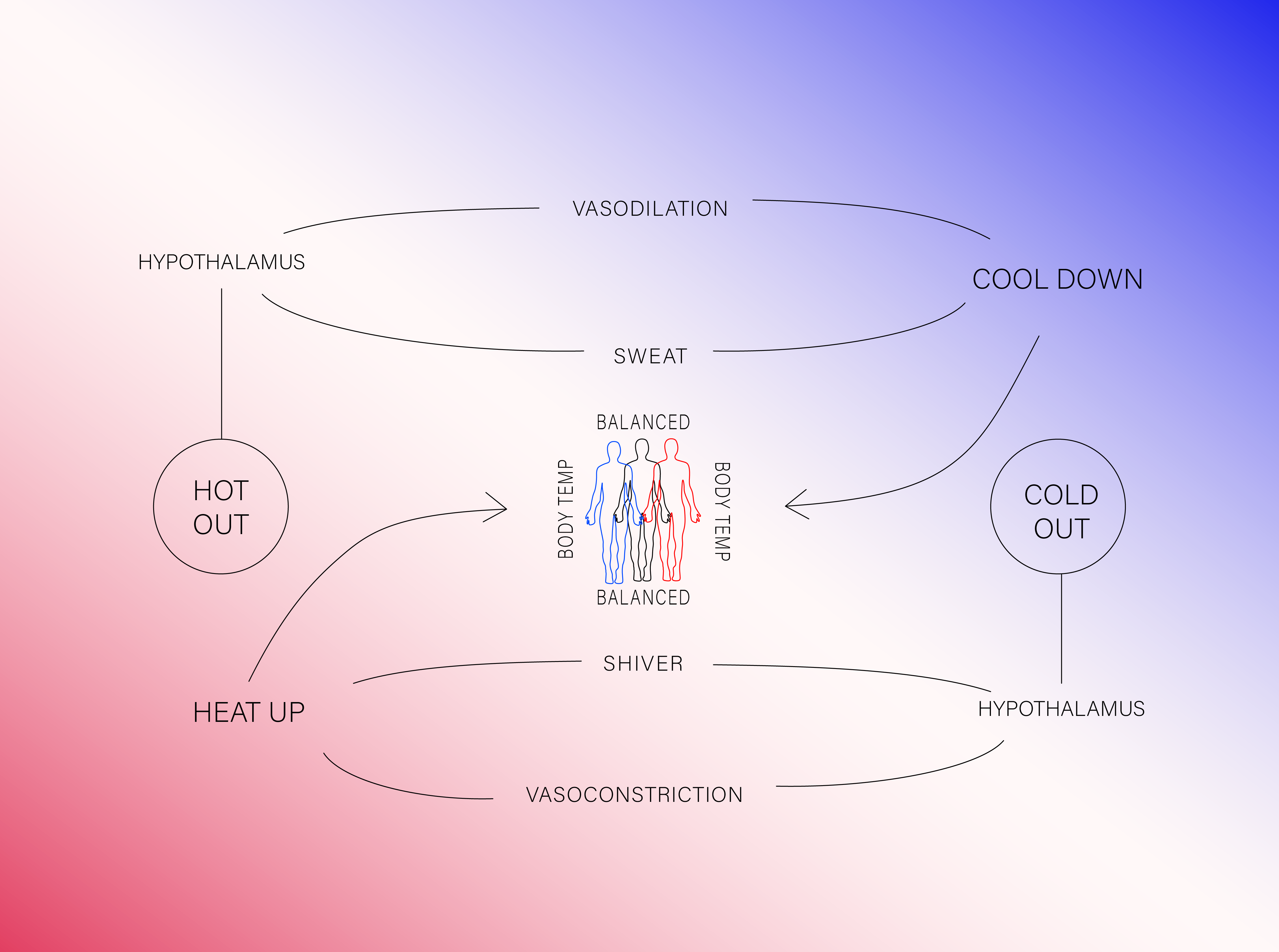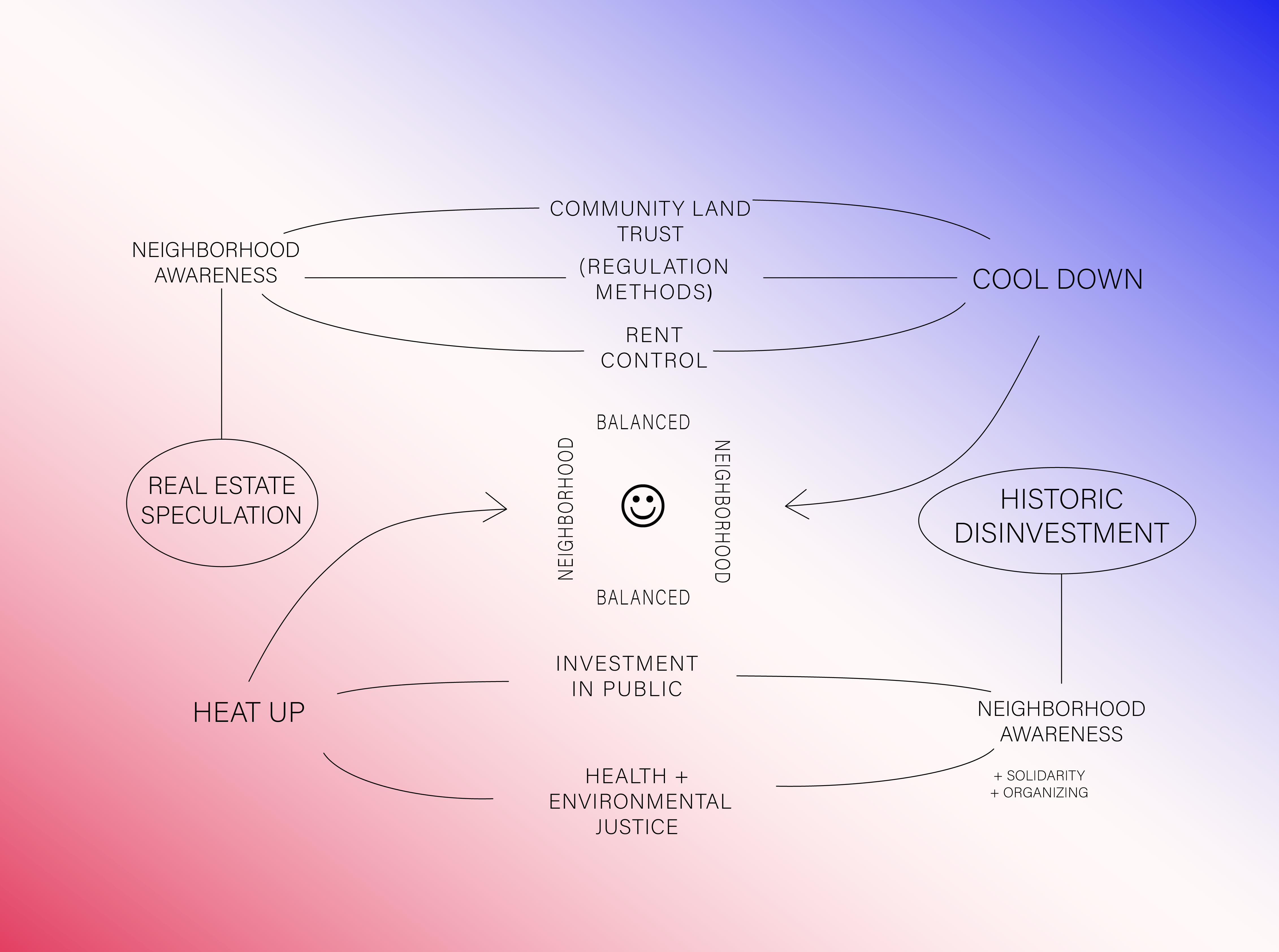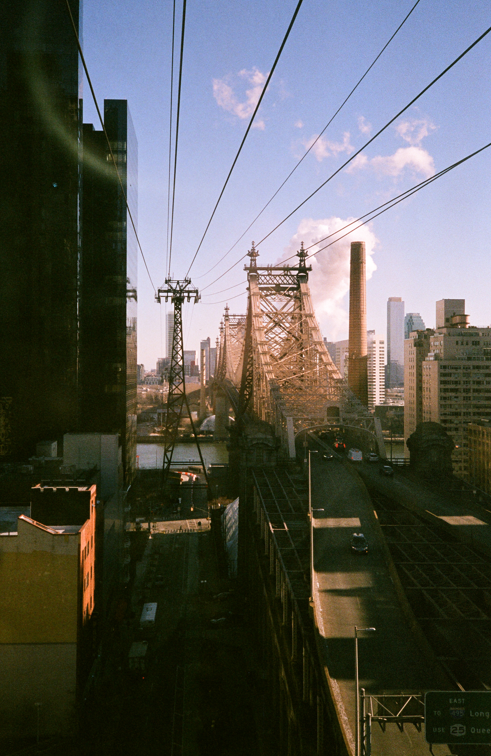◐
FIRST QUARTER MOON TONIGHT

The skunk cabbages (symplocarpus foetidus) are poking up in the vernal pools of Edgewood park, a perennial of these and other inland marsh ecosystems.
RECOMMENDED ENCOUNTER: SEEING LICHENS, OR SNORKELING THE CORAL REEF ON YOUR BLOCK

A few months back, I spotted a field guide of interest at Topos Bookstore, in Queens: Urban Lichens. I was so struck by its unique viewpoint of the city that I picked up a copy. A copy which then sat mostly untouched on my desk. Until a week and a half ago, when some classmates of mine doing an independent study on lichens and architecture said that one of the authors of the book and staff lichenologist at the New York Botanical Garden, James Lendemer, would be coming to campus to lead a lichens walk around New Haven. I of course jumped at the opportunity to avoid being inside at my desk for a few hours.
James was very enthusiastic, and gave us a good introduction to what lichens are through a brief presentation (not something I'll touch on here, but fascinating…basically a combination of a fungus, and one or more algae, plus other mutualistic and parasitic organisms). We then headed out to the street, hand lenses (a.k.a. loupes), in hand to observe some urban lichens ourselves.

It took me a moment to see anything in detail, moving my head closer and further from the lens, as I craned awkwardly over a low, stone wall. I finally found the right position, though, and a world in miniature suddenly snapped into focus. Strange pores, folds, flecks of color completely invisible to the casual passerby, were revealed as dramatic alien landscapes. The thrill of just how much lichen is around us, and thereby how many little worlds to be explored, cannot be overstated.
I still haven't picked one up, but from my googling and the recommendation of the lichens guy, “triplet” 10X to 14X loupes are the best. I've got my eyes on this one. A bit pricy for what would be a sometimes hobby, so I am going to try to score a used one off Ebay or Craigslist.
 Lichens grow in areas where humans don't disturb the surface. We found lots on the faces of graves in Grove St. Cemetery. Lichens reproduce partly asexually, so you may often be observing a clone of a lichens thousands of years old!
Lichens grow in areas where humans don't disturb the surface. We found lots on the faces of graves in Grove St. Cemetery. Lichens reproduce partly asexually, so you may often be observing a clone of a lichens thousands of years old!Some macro photos of lichens. From the internet, couldn't find proper attribution :(
A PROJECT OF NOTE:
BLISS MEADOWS BALTIMORE

Image from the Backyard Basecamp instagram page.
Back when I was managing the Oliver Community Farm, in 2019, I met the founder of BLISS Meadows, Atiya Wells, through Baltimore Farm Alliance meetings. I was really excited to hear about her ideas: her nonprofit, Backyard Basecamp, works on
“(Re)connecting Black, Indigenous, and People of Color to land and nature in Baltimore City.” I never made it up to visit her project, sadly—COVID hit, and then I moved to Connecticut.
During my farm days, I was also working with Jordan and Saj from time to time at another farm in East Baltimore. Both are now managing the farm production at BLISS meadows :) As I've followed their progress online, I've been so heartened to see this farm and environmental education center taking form. Sited on a vacant property and an abandoned city park in Northeast Baltimore, totaling 10 acres, it's a truly massive amount of greenspace in the city, and an ambitious and beautiful step towards environmental justice. I really look forward to visiting sometime soon, and recommend you follow the work of BLISS meadows and Atiya's nonprofit, Backyard Basecamp.

A MOMENT IN THE WOODS

The mallards were whirring; probably fifteen of them all lapping the surface of the water in the shallow canal/ vernal pool in Edgewood park. It was an unbelievable sound, and I found it so hilarious and special I was overcome with joy. I felt like Tony Soprano with his ducks. They were in the elevated water of the vernal pools after a flood. Vernal pools, they have such a special character. When it rains, the path that cuts across them in the park becomes a land bridge across a vast, shallow lake. The habitat changes and makes space for other modes of being—space for the ducks.

I wonder what they were eating? Were they drinking from the water's surface?

NEIGHBORHOOD HOMEOSTASIS?
For my school studio project, and in general, I've been thinking about our bodies and cities, and how they interact. We keep ourselves in balance, through our body's homeostasis. This is not a passive process, though. When it is hot, we (our bodies) do a lot of work to make sweat—and when its cold, we burn extra energy to shiver.

What processes might achieve neighborhood homeostasis? Real estate speculation or extreme disinvestment, these can be seen as the two extreme poles of neighborhood conditions in a capitalist system…But maybe we can we keep the neighborhood stable, when the real estate market “heats” it up, through processes like community land trusts? What about when the neighborhood gets too cold (i.e. years of disinvestment)?

SOME PHOTOS FROM RECENT WALKS

New Haven, CT

New York, NY

New York, NY

New York, NY

New York, NY

New Haven, CT


New Haven, CT